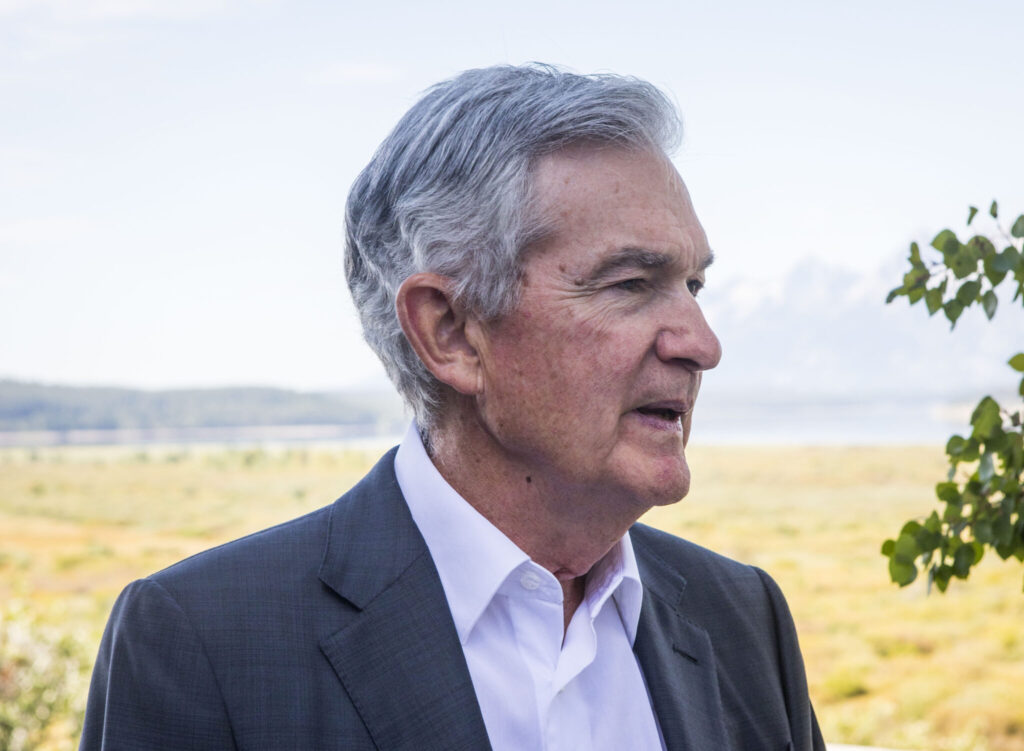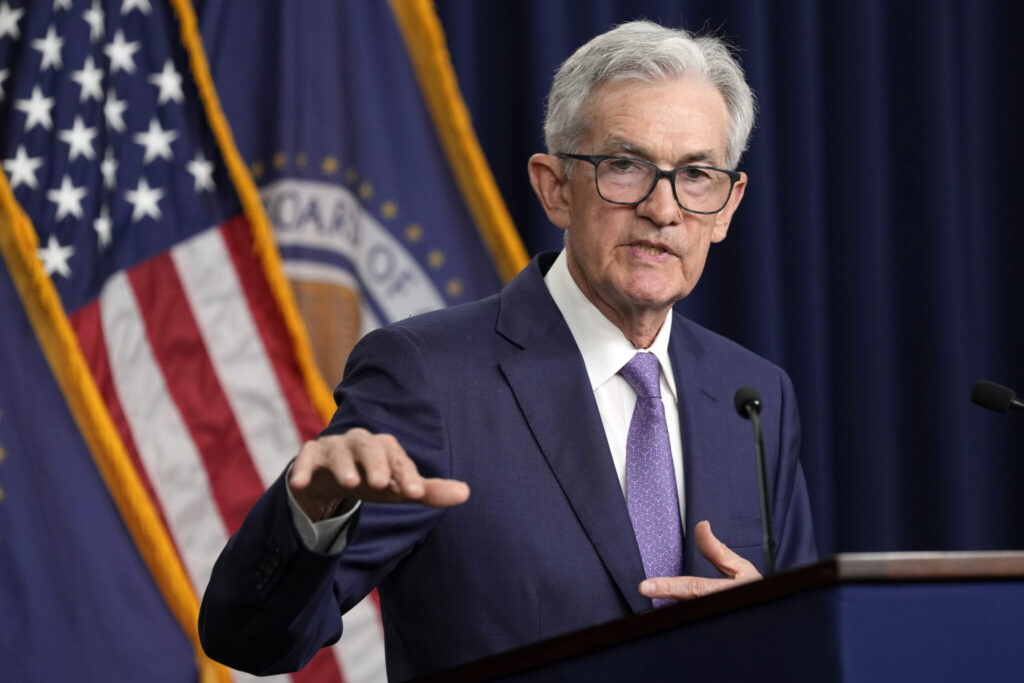Federal Reserve officials have said they’re increasingly confident that they’ve nearly tamed inflation. Now, it’s the health of the job market that’s starting to draw their concern. With inflation cooling toward its 2% target, the pace of hiring slowing and the unemployment rate edging up, the Fed is poised to cut its benchmark interest rate next month from its 23-year high. How fast it may cut rates after that, though, will be determined mainly by whether employers keep hiring. A lower Fed benchmark rate would eventually lead to lower rates for auto loans, mortgages and other forms of consumer borrowing.
Quick Read
- Powell to Possibly Hint at Rate Cuts in Jackson Hole Speech: Federal Reserve Chair Jerome Powell may use his upcoming speech at the Jackson Hole conference to signal how quickly and how much the Fed could cut interest rates as inflation cools and the job market shows signs of softening.
- Fed’s Focus Shifts from Inflation to Job Market: With inflation nearing the Fed’s 2% target and signs of a slowing job market, the Federal Reserve is poised to cut interest rates, with the pace of future cuts likely influenced by employment data.
- Potential for Rate Cuts Depending on Economic Data: Economists and Wall Street traders anticipate multiple rate cuts this year, but the speed and size of the cuts will depend on upcoming economic reports, particularly job market performance.
- Economic Data Influencing Rate Cut Decisions: Following mixed economic signals, including weaker-than-expected job growth and robust retail sales, there is debate over whether the Fed will cut rates by a quarter or half-point in upcoming meetings.
- Inflation-Adjusted Rates Rising: Despite a slowing inflation rate, real interest rates are effectively tightening, which could justify quicker rate cuts to avoid stalling economic growth, according to some Fed officials.
- Fed’s Careful Approach Amid Economic Uncertainty: Powell may refrain from committing to a specific rate cut trajectory in his speech, as the Fed remains focused on responding to evolving economic data.
The Associated Press has the story:
Powell may use Jackson Hole speech to hint at how fast, how far Fed could cut rates
Newslooks- WASHINGTON (AP) —
Federal Reserve officials have said they’re increasingly confident that they’ve nearly tamed inflation. Now, it’s the health of the job market that’s starting to draw their concern. With inflation cooling toward its 2% target, the pace of hiring slowing and the unemployment rate edging up, the Fed is poised to cut its benchmark interest rate next month from its 23-year high. How fast it may cut rates after that, though, will be determined mainly by whether employers keep hiring. A lower Fed benchmark rate would eventually lead to lower rates for auto loans, mortgages and other forms of consumer borrowing.
Chair Jerome Powell will likely provide some hints about how the Fed sees the economy and what its next steps may be in a high-profile speech Friday in Jackson Hole, Wyoming, at the Fed’s annual conference of central bankers. It’s a platform that Powell and his predecessors have often used to signal changes in their thinking or approach.
Powell will likely indicate that the Fed has grown more confident that inflation is headed back to the 2% target, which it has long said would be necessary before rate cuts would begin.

Economists generally agree that the Fed is getting closer to conquering high inflation, which brought financial pain to millions of households beginning three years ago as the economy rebounded from the pandemic recession. Few economists, though, think Powell or any other Fed official is prepared to declare “mission accomplished.”
“I don’t think that the Fed has to fear inflation,” said Tom Porcelli, U.S. chief economist at PGIM Fixed Income. “At this point, it’s right that the Fed is now more focused on labor versus inflation. Their policy is calibrated for inflation that is much higher than this.”
Still, how fast the Fed cuts rates in the coming months will depend on what the economic data shows. After the government reported this month that hiring in July was much less than expected and that the jobless rate reached 4.3%, the highest in three years, stock prices plunged for two days on fears that the U.S. might fall into a recession. Some economists began speculating about a half-point Fed rate cut in September and perhaps another identical cut in November.
But healthier economic reports last week, including another decline in inflation and a robust gain in retail sales, have largely dispelled those concerns. Wall Street traders now expect three quarter-point Fed cuts in September, November and December, though in December it’s nearly a coin-toss between a quarter- and a half-point cut. Mortgage rates have already started to decline in anticipation of a rate reduction.
A half-point Fed rate cut in September would become more likely if there were signs of a further slowdown in hiring, some officials have said. The next jobs report will be issued on Sept. 6, after the Jackson Hole conference but before the Fed’s next meeting in mid-September.
Raphael Bostic, president of the Fed’s Atlanta branch, said in an interview Monday with The Associated Press that “evidence of accelerating weakness in labor markets may warrant a more rapid move, either in terms of the increments of movement or the speed at which we try to get back” to a level of rates that no longer restricts the economy.
Even if hiring stays solid, the Fed is set to cut rates this year given the steady progress that’s been made on inflation, economists say. Last week, the government said consumer prices rose just 2.9% in July from a year ago, the smallest such increase in more than three years.
Bostic noted that the economy has changed from just a couple of months ago, when he was suggesting that a rate cut might not be necessary until the final three months of the year.
“I’ve got more confidence that we are likely to get to our target for inflation,” he said. “And we’ve seen labor markets weaken considerably relative to where they were” last year. “We might need to shift our policy stance sooner than I would have thought before.”
Both Bostic and Austan Goolsbee, president of the Fed’s Chicago branch, say that with inflation falling, inflation-adjusted interest rates — which are what many businesses and investors pay most attention to — are rising even as inflation has slowed. When the Fed first set its key rate at its current 5.3%, inflation — excluding volatile energy and food costs — was 4.7%. Now, it’s just 3.2%. “Our policies are getting tighter with every moment in that type of situation,” Bostic said. “We have to be concerned” that rates are so high they could cause an economic slowdown.
Still, Bostic said that for now, the job market and the economy appear mostly healthy, and he still expects a “soft landing,” whereby inflation falls back to the Fed’s 2% target without a recession occurring. With the economy’s outlook unclear and the Fed focusing heavily on what future data shows, there may be only so much Powell will be able to say Friday about the central bank’s next steps.
Given the Fed’s focus on how the economic data comes in, “it will be difficult for Powell to pre-commit to a particular trajectory at Jackson Hole,” Matthew Luzzetti, chief U.S. economist at Deutsche Bank, said in a research note.







